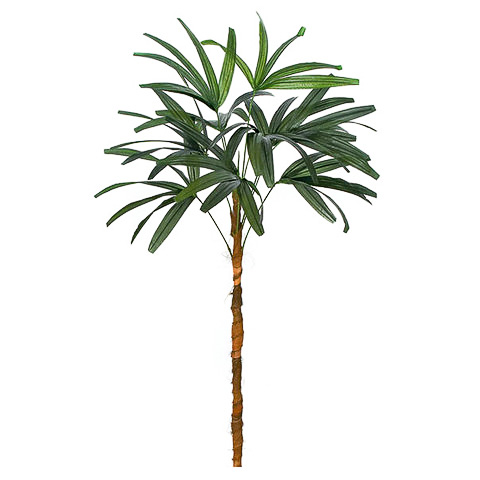

In Deuteronomy, the promised land is described as a land “of vines, fig trees, and pomegranates.” In the Song of Solomon, the fig tree gives its fruit early “in the year of love.” In the second book of Kings, the Assyrian commander offered every deserter from the army of Jerusalem “his own vine and fig tree.” It can be seen then that the fig tree, in the Bible, indicates prosperity. But fig trees are actually almost everywhere. Interestingly, the fig is the third kind of tree mentioned by its name in the Bible, right after these other two trees (that is, that of life and the tree of knowledge of good and evil). Sure, the expression “fig leaf” is commonly used figuratively to imply one is covering something shameful with a relatively innocuous thing (in a clear reference to the book of Genesis, where we find Adam and Eve using fig leaves to cover their nudity after they ate the forbidden fruit), but that tells us nothing about any biblical symbolism attributed to fig trees themselves. Whereas typology understands Christ’s Cross as being the new and true Tree of Life (Christ himself being the fruit of this tree), and the Tree of Knowledge of Good and Evil is often thought of as being an apple tree because of a certain medieval pun ( mālum, Latin for apple, is quite close to malum, “evil”), fig trees don’t seem to have a defined symbolism of their own. One could say the Bible (both the Hebrew and the Greek, the Old and the New Testaments) revolves around certain trees.


 0 kommentar(er)
0 kommentar(er)
